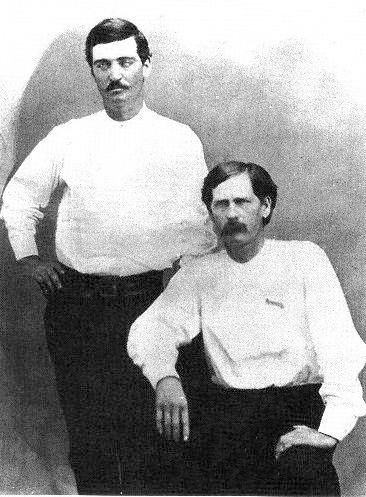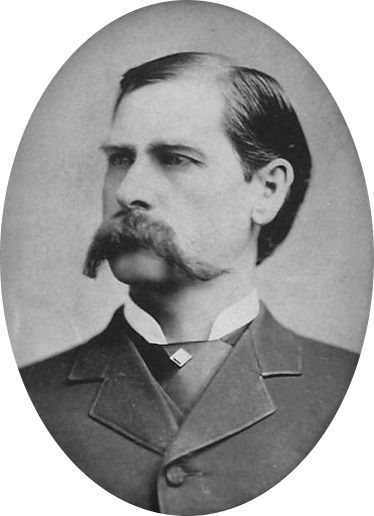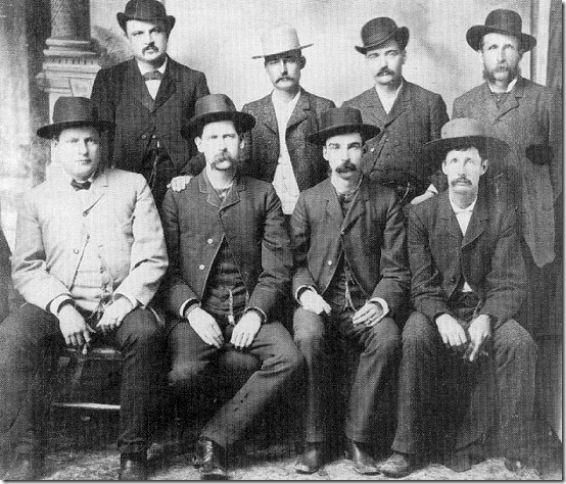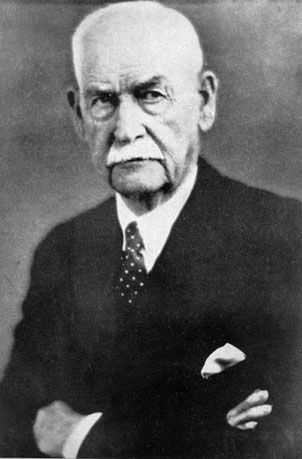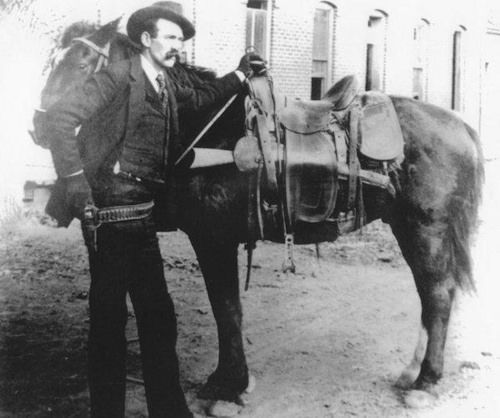OldMarksman
Staff
When I was about nine, my Uncle lived Mississippi, having moved there in the early 1930s to take advantage of a government offer to let people use land along the Mississippi levee in return for keeping the grass maintained.
He didn't ride a horse and he didn't wear a gun, so I did not think of him as a cowboy.
One evening they were going through some pictures of his cowboy days in New Mexico.
"Those aren't cowboys".
"Yes they are."
"No, they are not wearing guns."
"Why do you think they would wear guns?"
"Cowboys wear guns."
Ans: anyone who works from dawn to dusk herding, taking salt to, notching, and branding cattle, rounding up stray calfs, mending barbed wire and fence posts and watering troughs, and keeping pumps primed leaves his large-frame revolver somewhere where he doesn't have to carry it.
I got the chance to go into town with my uncle to see the sheriff.
Oh boy!
The sheriff wore a gun. A Smith $ Wesson Terrier.
Diving back in the Studebaker, we drove out and looked over the cattle.
The radio was on. William Conrad in Gunsmoke.
Now that was more like it!
He didn't ride a horse and he didn't wear a gun, so I did not think of him as a cowboy.
One evening they were going through some pictures of his cowboy days in New Mexico.
"Those aren't cowboys".
"Yes they are."
"No, they are not wearing guns."
"Why do you think they would wear guns?"
"Cowboys wear guns."
Ans: anyone who works from dawn to dusk herding, taking salt to, notching, and branding cattle, rounding up stray calfs, mending barbed wire and fence posts and watering troughs, and keeping pumps primed leaves his large-frame revolver somewhere where he doesn't have to carry it.
I got the chance to go into town with my uncle to see the sheriff.
Oh boy!
The sheriff wore a gun. A Smith $ Wesson Terrier.
Diving back in the Studebaker, we drove out and looked over the cattle.
The radio was on. William Conrad in Gunsmoke.
Now that was more like it!

